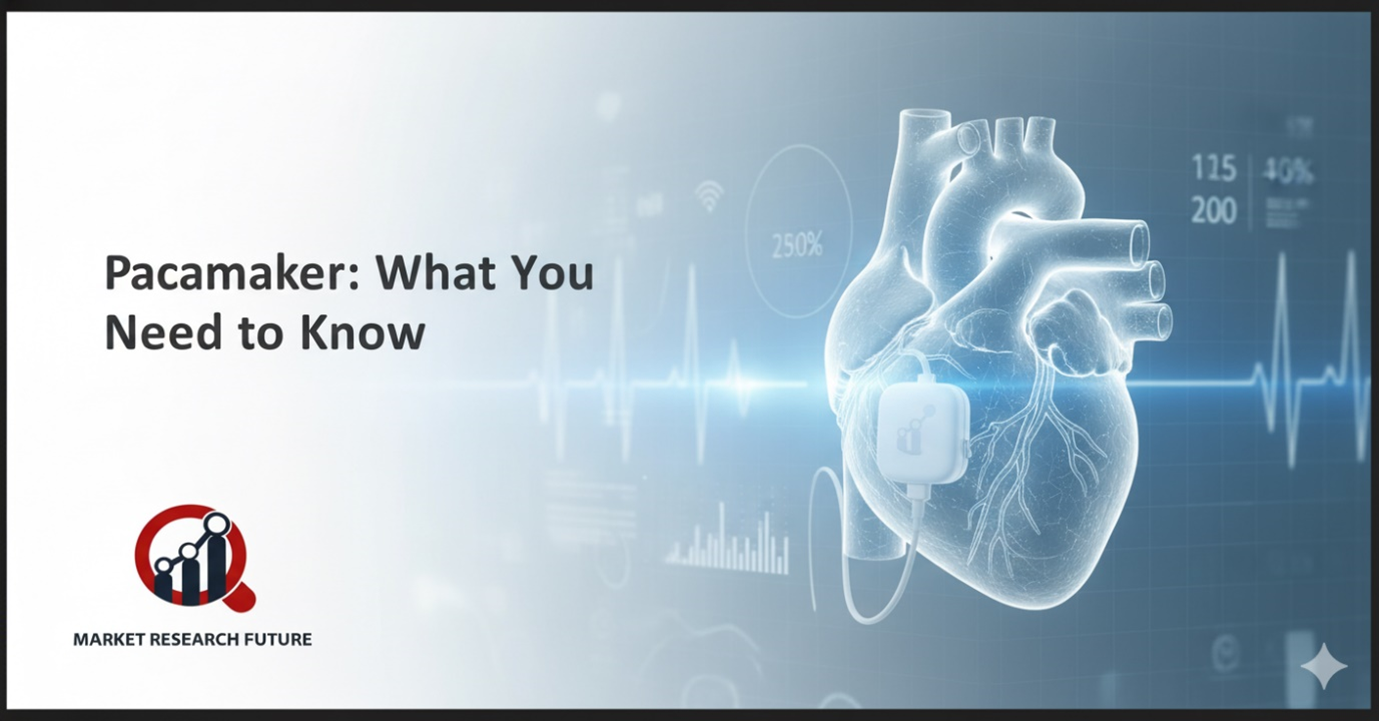Pacemaker: What does the Data Say?

A pacemaker is a small yet strong device that helps your heart beat regularly. It keeps the heart's electrical system in sync and makes sure that blood flows through your body the right way. The gadget is normally put under the skin at the collarbone, and thin cables connect it to the heart to send little electrical pulses. These pulses assist the heart beat when it slows down or stops beating.
Why a Pacemaker is Important
Our heart's normal beat can get weaker as we get older. For some people, their heartbeats become too sluggish or uneven, which means they don't get enough oxygen. This can make you tired, dizzy, or even pass out.
A pacemaker helps fix these rhythm problems, which makes the heartbeat stronger and more stable. It works like a backup system, ready to help your heart whenever it needs it.
Who should opt for a Pacemaker?
People who have specific heart rhythm problems or are recovering from heart failure are usually told to get a pacemaker. Your doctor may offer tests to evaluate if a pacemaker is good for you if you experience symptoms like chronic fatigue, shortness of breath, or a sluggish pulse.
You won't need one if your heart is healthy and your rhythm is normal, though. It's not a performance booster; it's a medication made just for people who have been diagnosed with rhythm difficulties.
How a Pacemaker Works
Pacemakers nowadays are smarter than they've ever been. They can automatically change their pace dependent on how active you are. For example, they speed up when you work out and slow down when you rest.
A lot of them have wireless monitoring devices that let doctors examine settings from a distance and make changes without having to undergo surgery. This technology makes it easier and more personal to care for your heart.
Is a Pacemaker Relevant Today?
Pacemakers remain highly relevant today. Despite advances in medications, wearable devices, and minimally invasive treatments, many patients with slow heart rhythms or conduction problems still rely on pacemakers to maintain a stable heartbeat. Modern pacemakers are smaller, more precise, and often programmable remotely, improving safety and quality of life. They are especially vital for older adults, heart failure patients, and those at risk of dangerous arrhythmias, where other interventions may not suffice.
Difficulties and Care
Pacemakers, like any other medical device, need to be cared for and watched after. Even though problems are infrequent, it's important to have regular check-ups to make sure the equipment is working properly. It's easy to change batteries and upgrade software with a few simple steps.
Life with a Pacemaker
Having a pacemaker doesn't mean you have to slow down. Most people actually discover that they can go back to their normal lives with more energy and peace of mind. Thanks to constant improvements, pacemakers are now smaller, safer, and more adaptable. This helps millions of hearts beat stronger and longer.

Leave a Comment